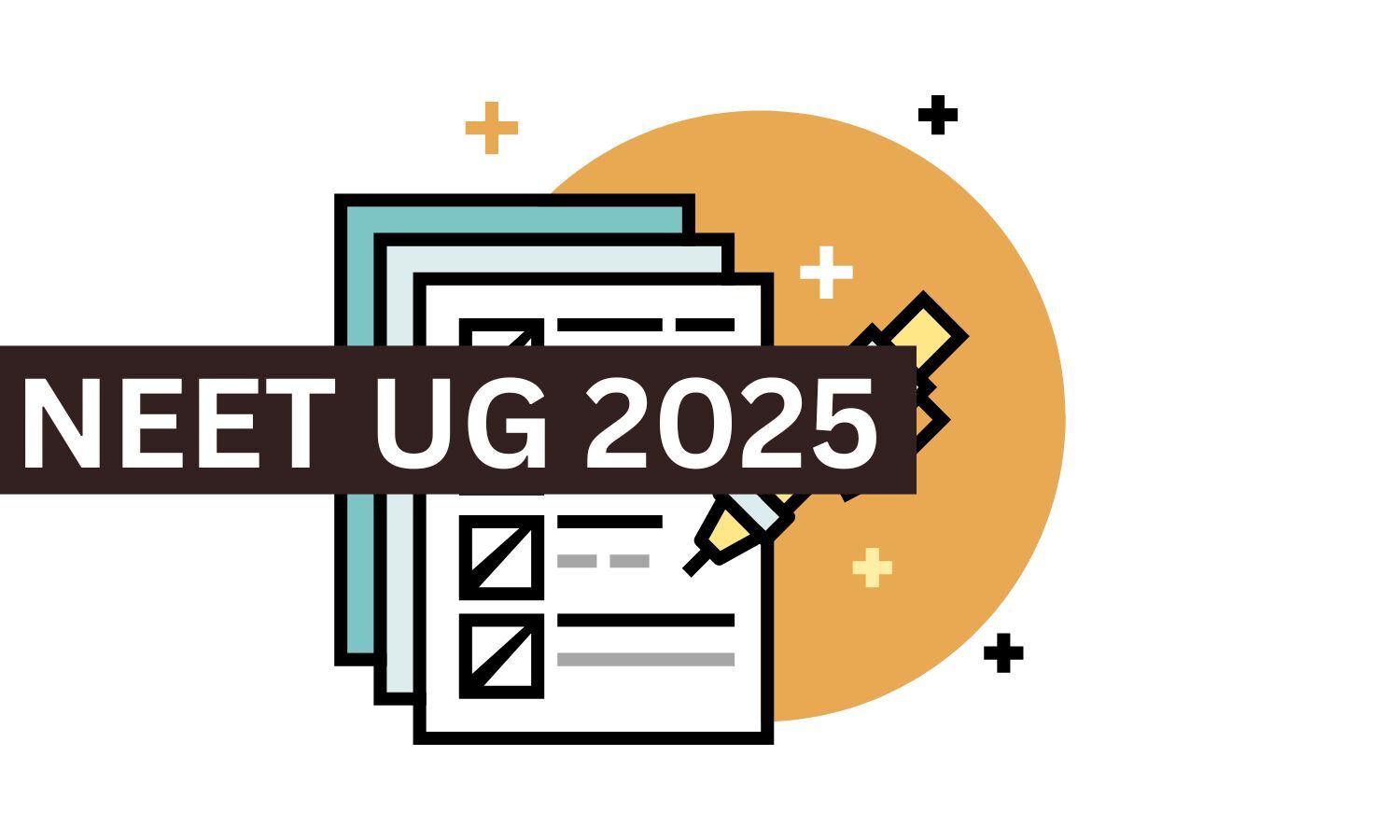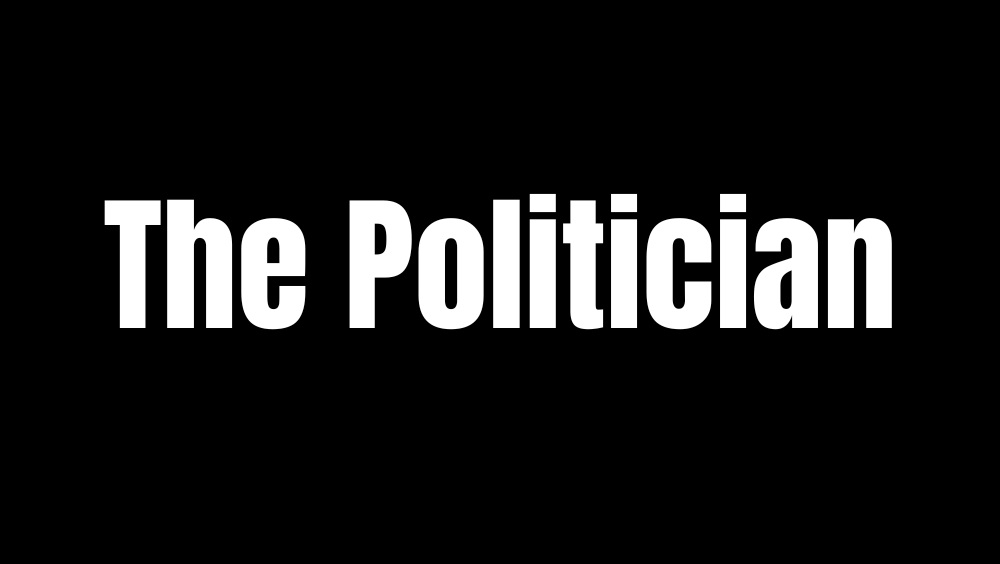Debt of AAP-ruled Punjab reaches 40% of its GSDP, West Bengal under Mamata continues to suffer from massive liabilities: Here are the revelations made in CAG report
The Comptroller and Auditor General of India (CAG) has released a first-of-its-kind report that shows how IndiaŌĆÖs states are managing their finances. The report was released on Friday (19th September) by CAG K. Sanjay Murthy during the State Finance Secretaries Conference.┬Ā The total public debt of all 28 states has increased more than threefold in the past decade, rising from Ōé╣17.57 lakh crore in 2013-14 to Ōé╣59.60 lakh crore in 2022-23. The states possess among the highest debt-to-GSDP ratios in India, meaning debt is perilously huge relative to the scale of their economies. As of 31st March 2023, eight states had a public debt liability of over 30 per cent of their GSDP; six states had a public debt liability of below 20 per cent of their GSDP, and the remaining 14 states had a public debt liability between 20 to 30 per cent of their respective GSDP during FY 2022-23,ŌĆØ the report added. Punjab worst hit with 40% debt-to-GSDP ratio According to the report , the AAP-ruled state of Punjab is the most burdened, with a debt-to-GSDP ratio of 40.35%, the highest among all states. To put it simply, Punjab owes money worth nearly half of its annual economic output. This problem is not new. Punjab has been battling a lean revenue base and increasing expenditure for a long time, and the CAG report confirmed that the situation is becoming unsustainable. For a state already facing unemployment, distress in agriculture, and few options for industrial growth, such a high debt cripples its capacity to invest in development enormously. Instead of focusing on capital expenditure, spending on things like infrastructure that create future growth, Punjab is now forced to use large portions of its borrowed money just to cover day-to-day expenses. West Bengal follows close behind The situation is no different in Mamata BanerjeeŌĆÖs Trinamool Congress (TMC)-ruled West Bengal either. The stateŌĆÖs debt-to-GSDP ratio now touches 33.7%, one of the highest in the country, the CAG report said. In the last decade, West Bengal has seen a sharp jump in its debt burden. Like Punjab, West Bengal also falls into the category of 11 states that are using borrowed funds to finance routine expenditure, such as salaries, subsidies, and administrative costs, rather than creating assets that could improve the stateŌĆÖs financial health in the long run. Public debt has fluctuated by an average of 20% of the GSDP: CAG The report further said, ŌĆ£On average, public debt of the states has been about 150 per cent of their revenue receipts / total non-debt receipts. Similarly, public debt has fluctuated between 17-25 per cent of the GSDP and, on average, 20 per cent of the GSDP. The major increase of 4 per cent, from 21 per cent of GSDP in FY 2019-20 to 25 per cent in FY 2020-21, is due to a decline in GSDP in FY 2020-21 being a Covid year. The rise in loans of the Union Government between 2020-21 to 2022-23 was due to back-to-back loans rather than GST compensation shortfall and special aid as loans to states for capital spending.ŌĆØ The situation is worst in Punjab, Nagaland, and West Bengal, but most other states are not much behind. Conversely, some states, such as Odisha, Maharashtra, and Gujarat, have been able to maintain their debt ratios relatively under control, displaying a diametrical difference in fiscal prudence. The other concerning indicator brought to the fore by the report is that in 11 states, such as Punjab, West Bengal, and Nagaland, capital spending was less than the net borrowings during 2022ŌĆō23. In Andhra Pradesh and Punjab, for example, capital expenditure was only 17% and 26% of their net borrowings, respectively. This means most of the money borrowed went into plugging deficits instead of creating new assets.



The Comptroller and Auditor General of India (CAG) has released a first-of-its-kind report that shows how IndiaŌĆÖs states are managing their finances. The report was released on Friday (19th September) by CAG K. Sanjay Murthy during the State Finance Secretaries Conference.┬Ā
The total public debt of all 28 states has increased more than threefold in the past decade, rising from Ōé╣17.57 lakh crore in 2013-14 to Ōé╣59.60 lakh crore in 2022-23. The states possess among the highest debt-to-GSDP ratios in India, meaning debt is perilously huge relative to the scale of their economies.
As of 31st March 2023, eight states had a public debt liability of over 30 per cent of their GSDP; six states had a public debt liability of below 20 per cent of their GSDP, and the remaining 14 states had a public debt liability between 20 to 30 per cent of their respective GSDP during FY 2022-23,ŌĆØ the report added.
Punjab worst hit with 40% debt-to-GSDP ratio
According to the report , the AAP-ruled state of Punjab is the most burdened, with a debt-to-GSDP ratio of 40.35%, the highest among all states. To put it simply, Punjab owes money worth nearly half of its annual economic output.
This problem is not new. Punjab has been battling a lean revenue base and increasing expenditure for a long time, and the CAG report confirmed that the situation is becoming unsustainable. For a state already facing unemployment, distress in agriculture, and few options for industrial growth, such a high debt cripples its capacity to invest in development enormously.
Instead of focusing on capital expenditure, spending on things like infrastructure that create future growth, Punjab is now forced to use large portions of its borrowed money just to cover day-to-day expenses.
West Bengal follows close behind
The situation is no different in Mamata BanerjeeŌĆÖs Trinamool Congress (TMC)-ruled West Bengal either. The stateŌĆÖs debt-to-GSDP ratio now touches 33.7%, one of the highest in the country, the CAG report said.
In the last decade, West Bengal has seen a sharp jump in its debt burden. Like Punjab, West Bengal also falls into the category of 11 states that are using borrowed funds to finance routine expenditure, such as salaries, subsidies, and administrative costs, rather than creating assets that could improve the stateŌĆÖs financial health in the long run.
Public debt has fluctuated by an average of 20% of the GSDP: CAG
The report further said, ŌĆ£On average, public debt of the states has been about 150 per cent of their revenue receipts / total non-debt receipts. Similarly, public debt has fluctuated between 17-25 per cent of the GSDP and, on average, 20 per cent of the GSDP. The major increase of 4 per cent, from 21 per cent of GSDP in FY 2019-20 to 25 per cent in FY 2020-21, is due to a decline in GSDP in FY 2020-21 being a Covid year. The rise in loans of the Union Government between 2020-21 to 2022-23 was due to back-to-back loans rather than GST compensation shortfall and special aid as loans to states for capital spending.ŌĆØ
The situation is worst in Punjab, Nagaland, and West Bengal, but most other states are not much behind. Conversely, some states, such as Odisha, Maharashtra, and Gujarat, have been able to maintain their debt ratios relatively under control, displaying a diametrical difference in fiscal prudence.
The other concerning indicator brought to the fore by the report is that in 11 states, such as Punjab, West Bengal, and Nagaland, capital spending was less than the net borrowings during 2022ŌĆō23.
In Andhra Pradesh and Punjab, for example, capital expenditure was only 17% and 26% of their net borrowings, respectively. This means most of the money borrowed went into plugging deficits instead of creating new assets.


























































































































